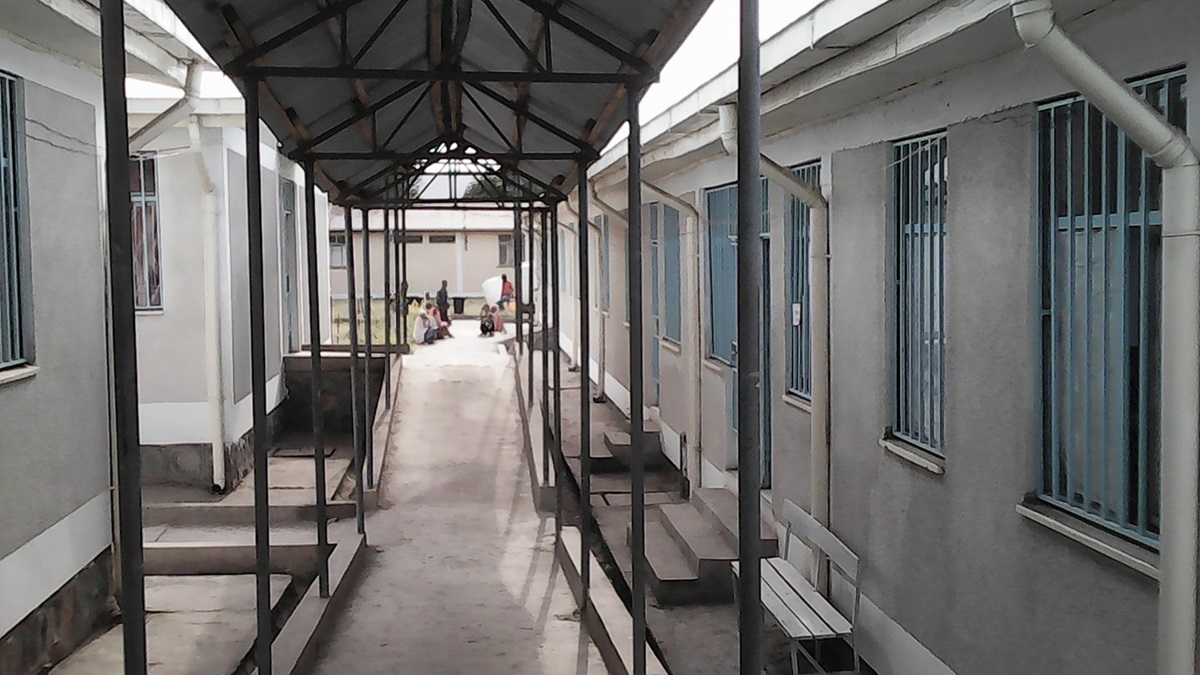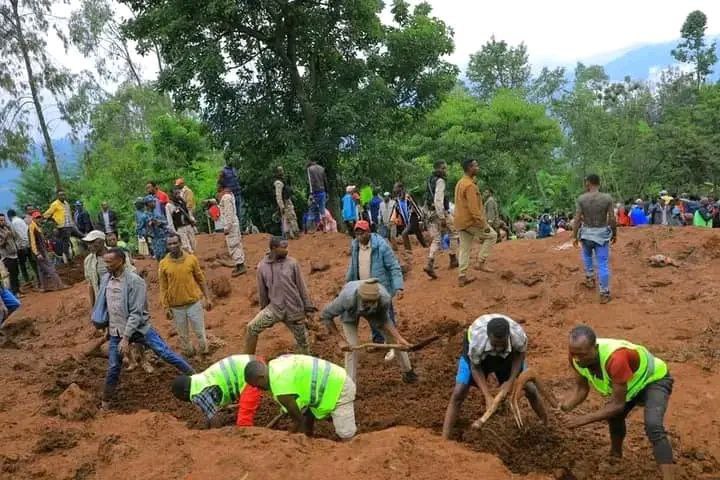News: Conflict, natural disasters force more than 2.9 m children out of school; 9,382 schools across Ethiopia damaged fully or partially: report

Addis Abeba – A UN report on Ethiopia’s education cluster covering the months between April and June this year revealed that “the ongoing conflict, rising levels of food insecurity and other climate shocks” in Ethiopia continue to have a significant impact on children’s access to education, school infrastructure and children’s learning.
“As of June 2022, more than 2.9 million children across Ethiopia remain as “Out of School Children” (OOSC) due to the conflict, drought, flooding and other natural emergency situations,” the report said.
This represents 17% of the school age population being out of school. Almost 50% of OOSC are entering their third year without any access to learning. “There is a risk of a lost generation of children in northern Ethiopia,” in combined reference to the war-torn Tigray, Afar and Amhara regional states. Priorities in education listed in these three regions includes the provision of “school furniture to almost 85% of the schools in Tigray in need and 4,400 schools in Amhara and Afar regions (especially in need of combined desk and black boards).”
Among the reasons for OOSC, 2.5 million children are impacted by conflict, which led to the closure of 2, 509 schools; whereas the ongoing drought in various parts of the country has impacted 1.6 million children and forced the closure 1,479 schools.
School Damage Assessments by Regional Education Bureaus indicate that a total of 9,382 schools across Ethiopia were fully or partially damaged which is affecting the safe, protective, and conducive environment for learning and has forced more children to remain out of school. Out of these 3,091 schools are severely damaged, while 6,219 schools are partially damaged, according to the report. “The impact of floods exacerbated the learning of children those already in difficult conditions in some of the regions, which have yet to recover from the impact of drought and conflict.”
Some US$86.6 million is required to, among others, provide children with emergency school feeding support, provide or distribute learning supplies, provide temporary learning spaces, learning supplies (stationery) and rehabilitate classrooms. However, only 38% of the required funding, leaving a gap of US$60.6 million. Eight donors, 23 INGOs, 16 NNGOs, six UN Agencies, and the government are engaged in the response actions, the report said. AS








